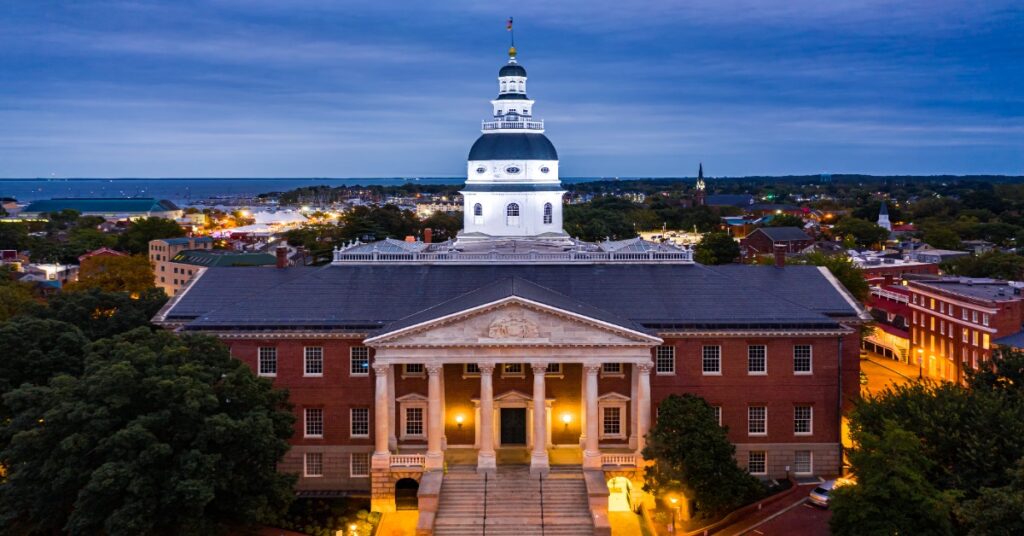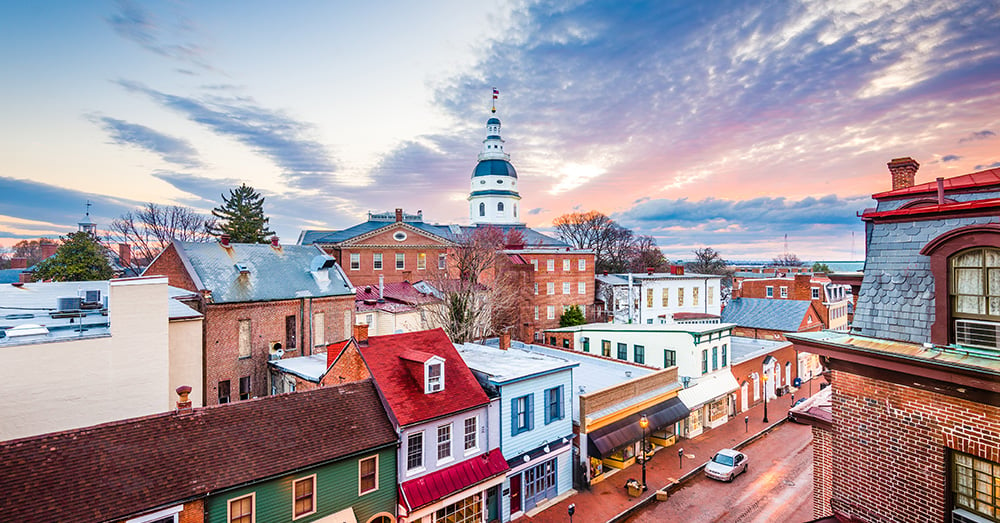Posted: Friday, July 13, 2012 10:30 am | Updated: 1:25 pm, Fri Jul 13, 2012.
In an interesting article this week, The New York Times used Maryland’s Democratic Gov. Martin O’Malley and Sam Brownback, the Republican governor of Kansas, as examples of the contrasting Democratic and Republican approaches to state spending, now that revenue is starting to trickle back in.
Such illuminating contrasts are an advantage of American federalism: The states function as 50 laboratories of democracy. Their successes and failures provide pointers for making national policy — or at least they should.
Brownback, in his second year as governor, said he grew tired of seeing people desert Kansas for states with lower taxes. So he cut income taxes and is now looking for ways to reduce government spending to deal with a projected revenue reduction of more than $800 million. This resulted in a warning from Moody’s Investors Service that more state spending cuts lie ahead.
O’Malley, on the other hand, led a Democratic charge to raise Maryland’s income tax (and other taxes) to maintain the state’s highly successful schools and preserve other services. He also tried — but failed — to raise gas taxes in order to give more highway funding to local jurisdictions. Maryland gets an excellent credit rating from Moody’s.
Brownback thinks he can create growth by risking larger budget deficits and a loss in government services; O’Malley thinks he can protect Maryland’s strong fiscal position by risking an exodus of overtaxed residents and businesses. It will be years before we know which one is right.
The Maryland governor banks on an asset not available to Brownback: lots of federal employees. The base realignments benefited Maryland handsomely and, despite reductions in federal spending, Maryland’s defense industry is likely to grow.
O’Malley may be right that if roads deteriorate and student scores plummet, people will leave the state. But will they also leave, as Brownback believes, if taxes continue to rise? Already, there are signs that snowbirds who winter in Florida are staying more than six months to establish residency in that low-tax state. Many of these people are on fixed incomes, but others are well-to-do and simply don’t want to share more of their income with the state. Will O’Malley create a great state where fewer can afford to live?
O’Malley’s tax-and-spend position, according to The Times, has support from the Institute on Taxation and Economic Policy, a nonprofit research organization that did a report concluding that states with high income tax rates had stronger economic growth than those without state income taxes.
As this year’s president of the Democratic Governors Association, O’Malley has a high-profile position from which to argue that this isn’t the time to shrink from taxes. Maybe his fellow governors are listening, but the argument isn’t as persuasive to this state’s struggling taxpayers. While this philosophy may be a factor in this year’s election, it’s going to take longer to see how it plays out for Maryland’s economy — and in the nation as a whole.





